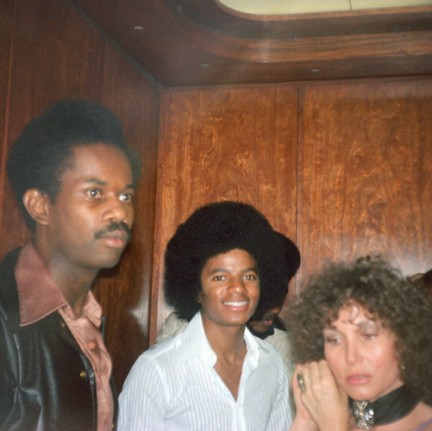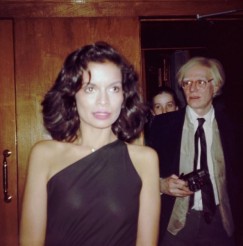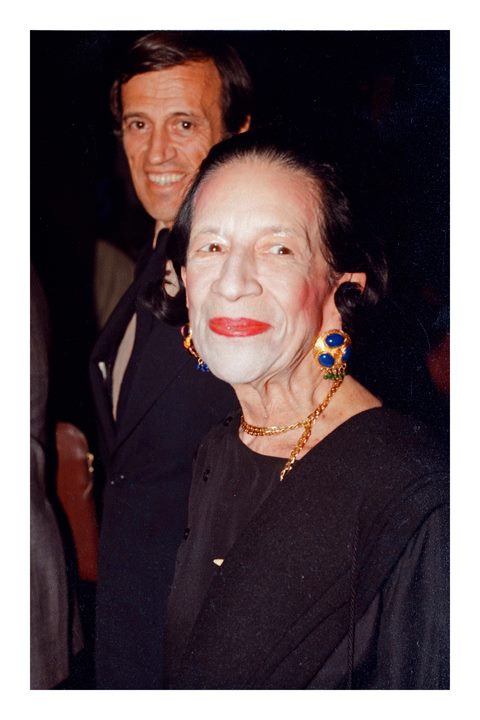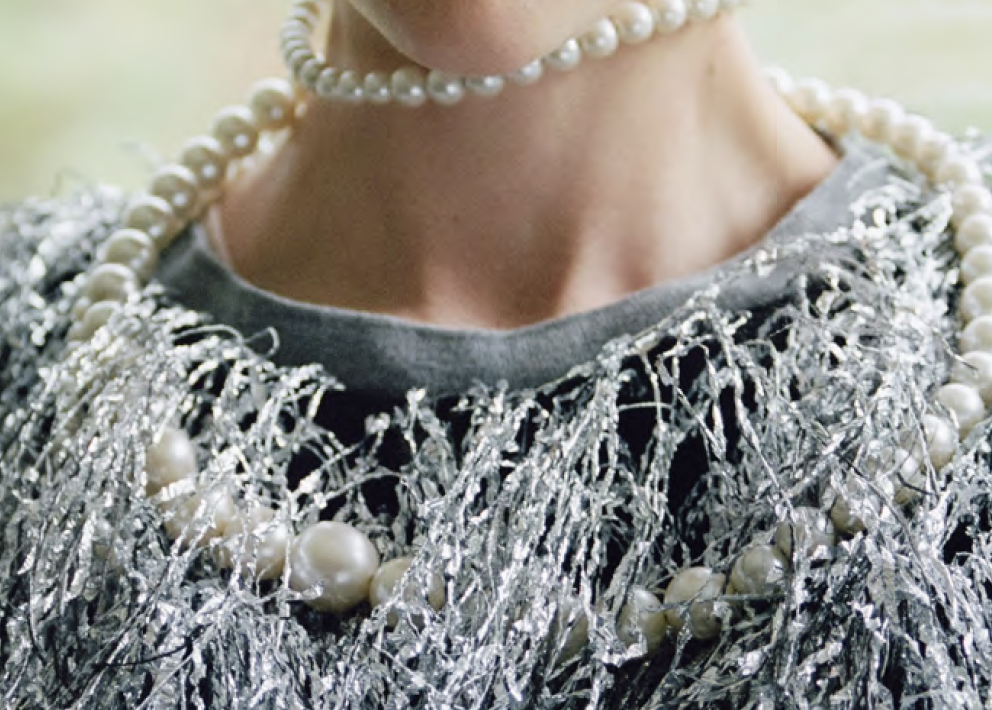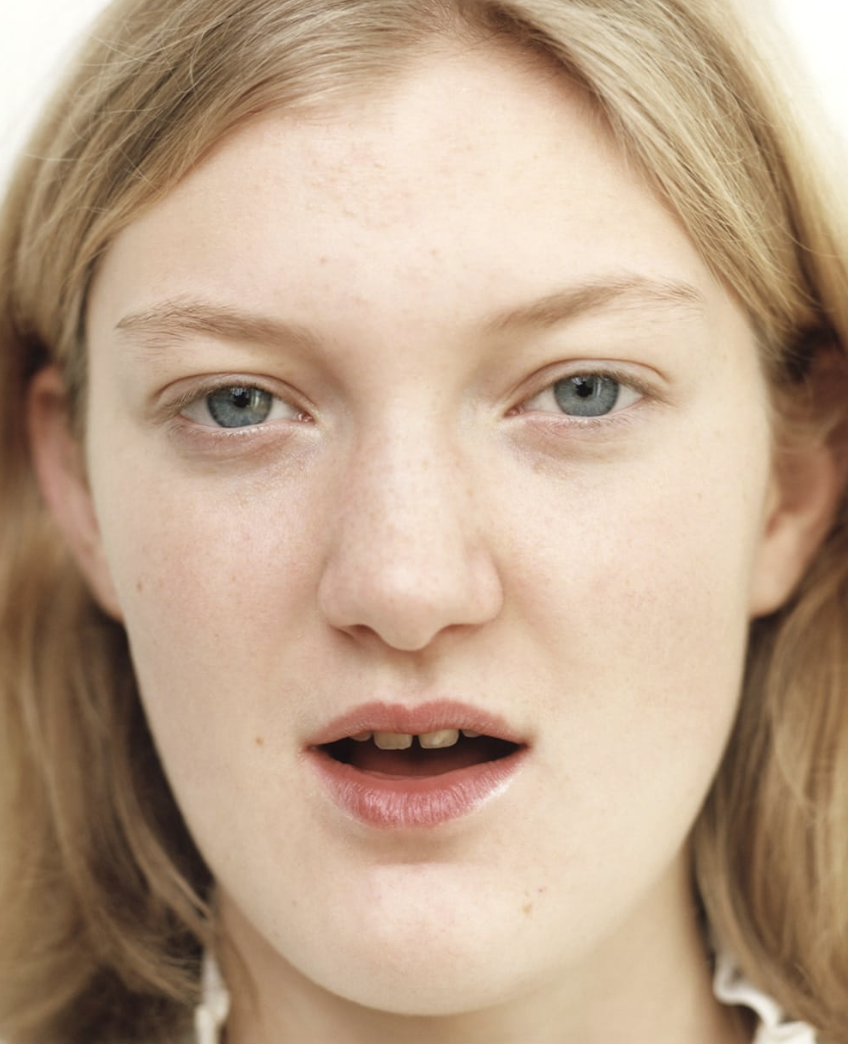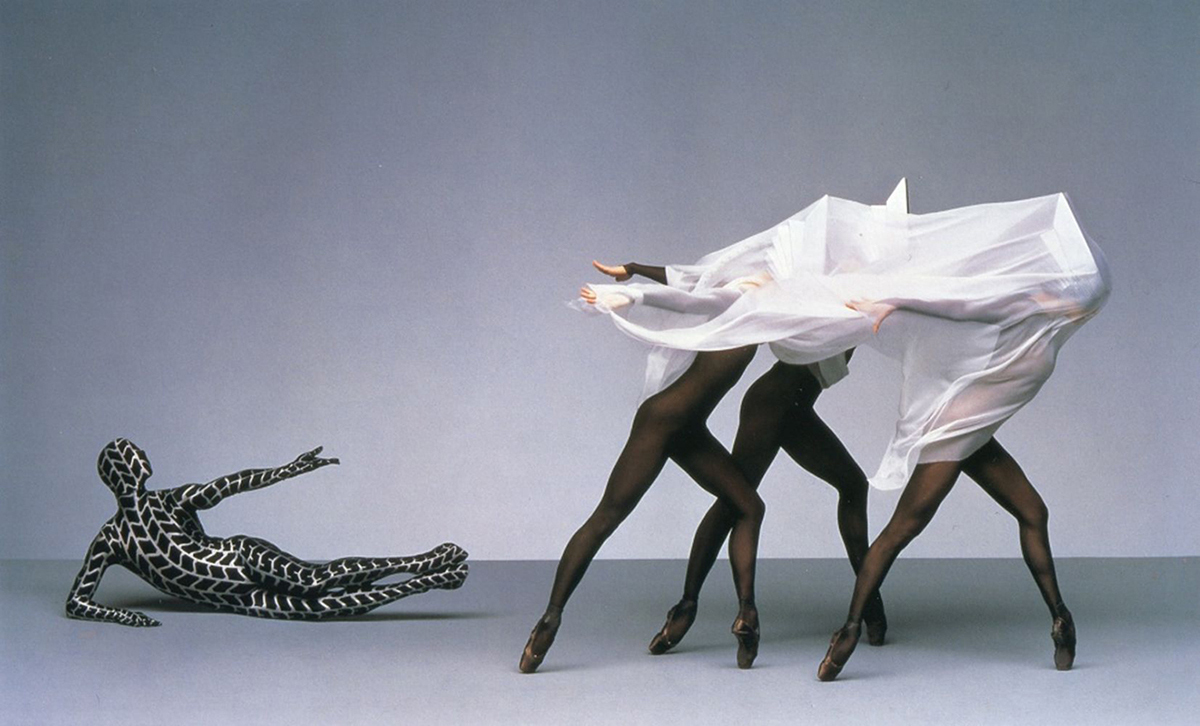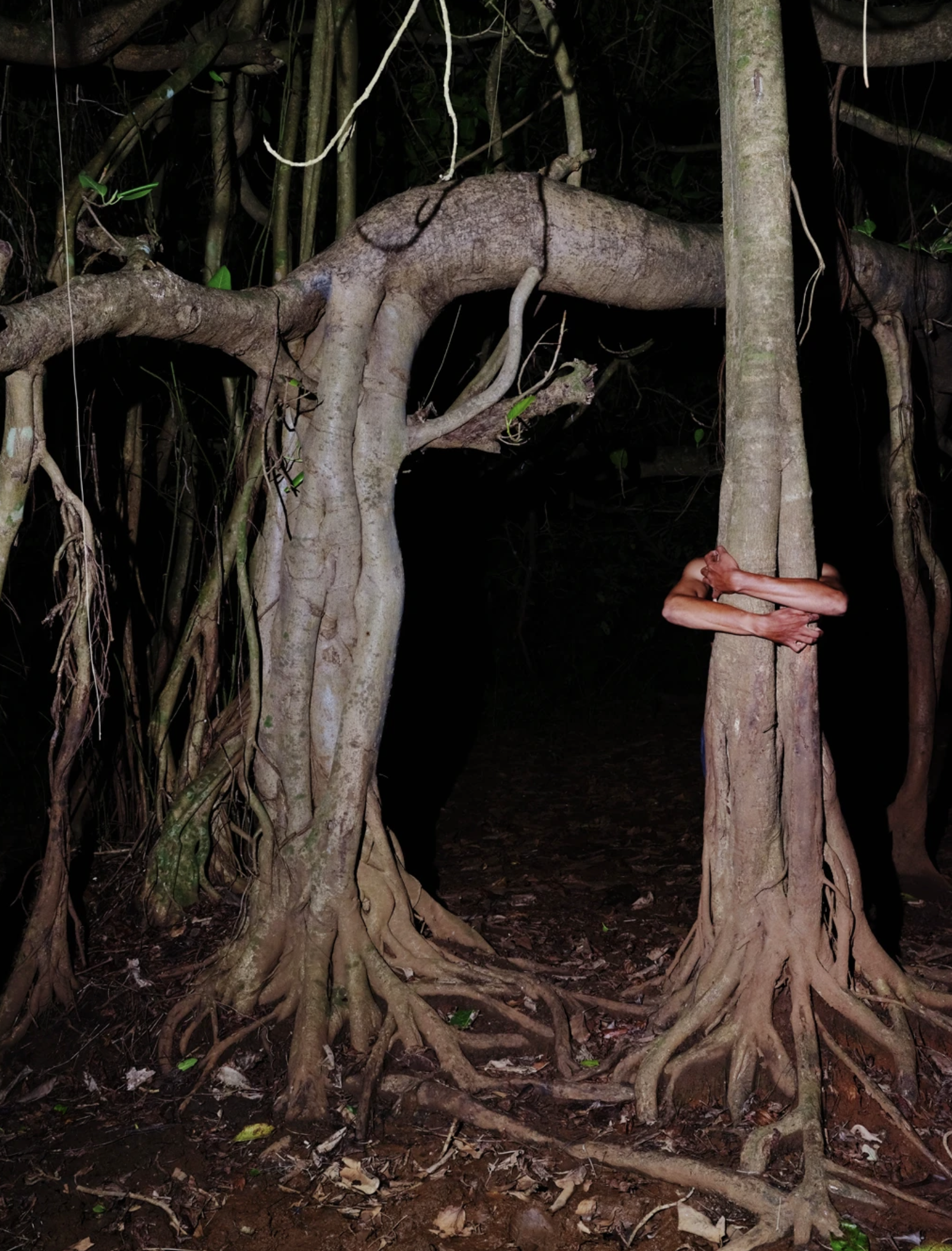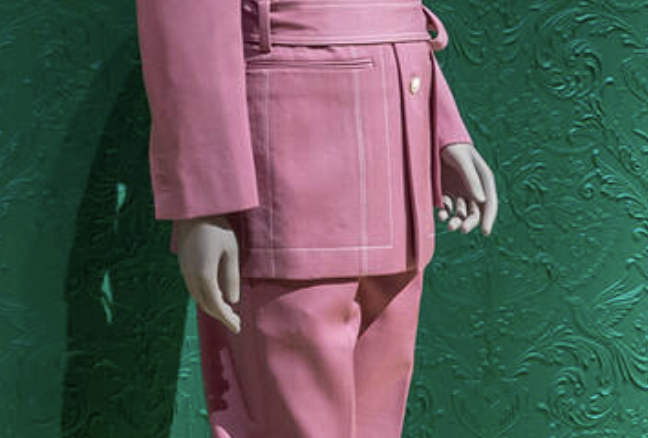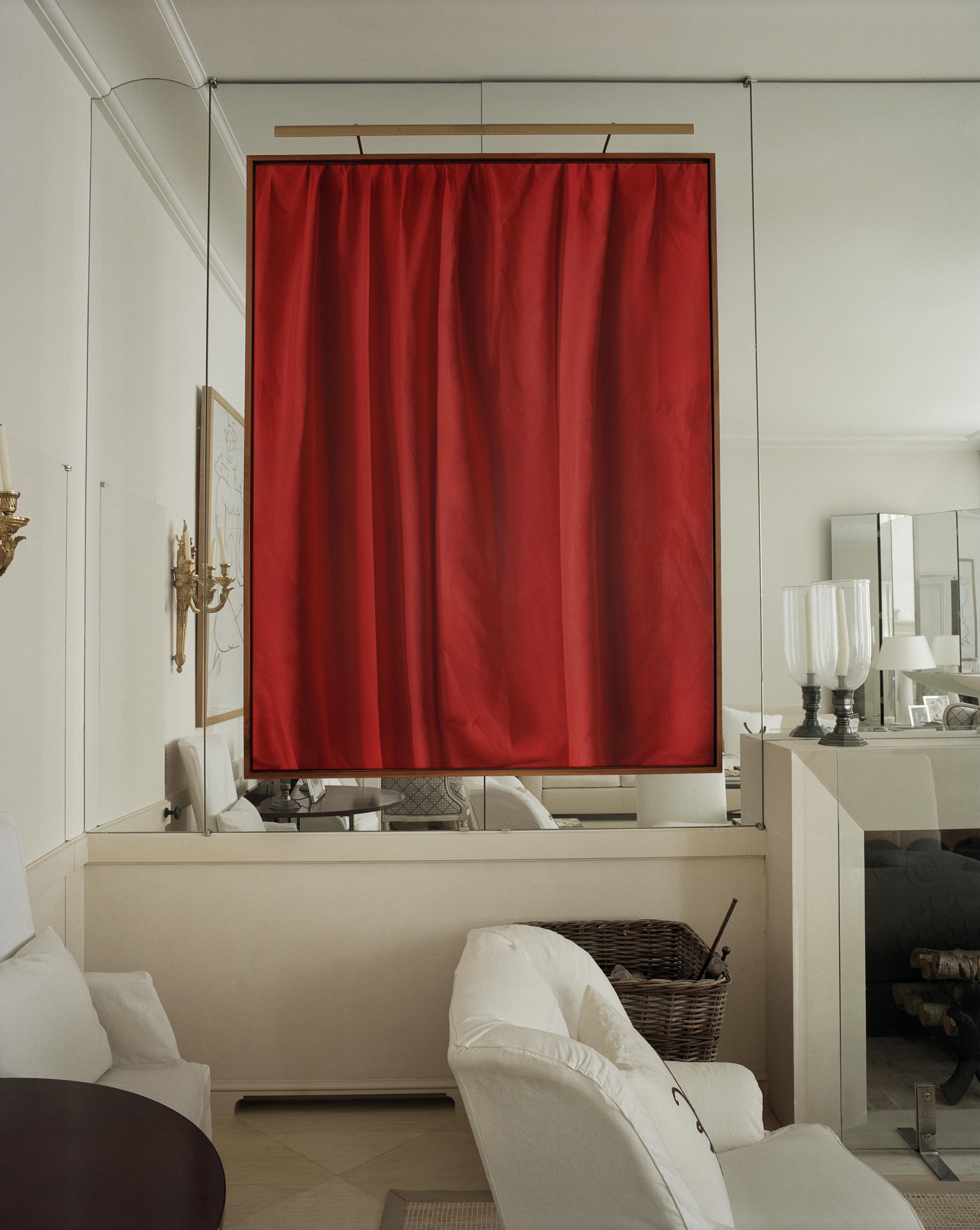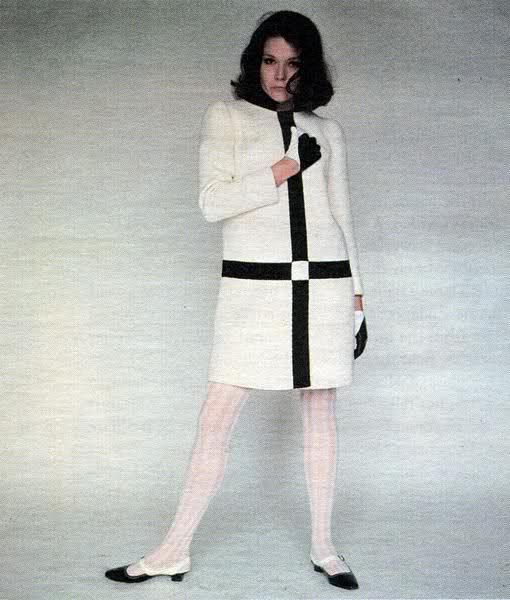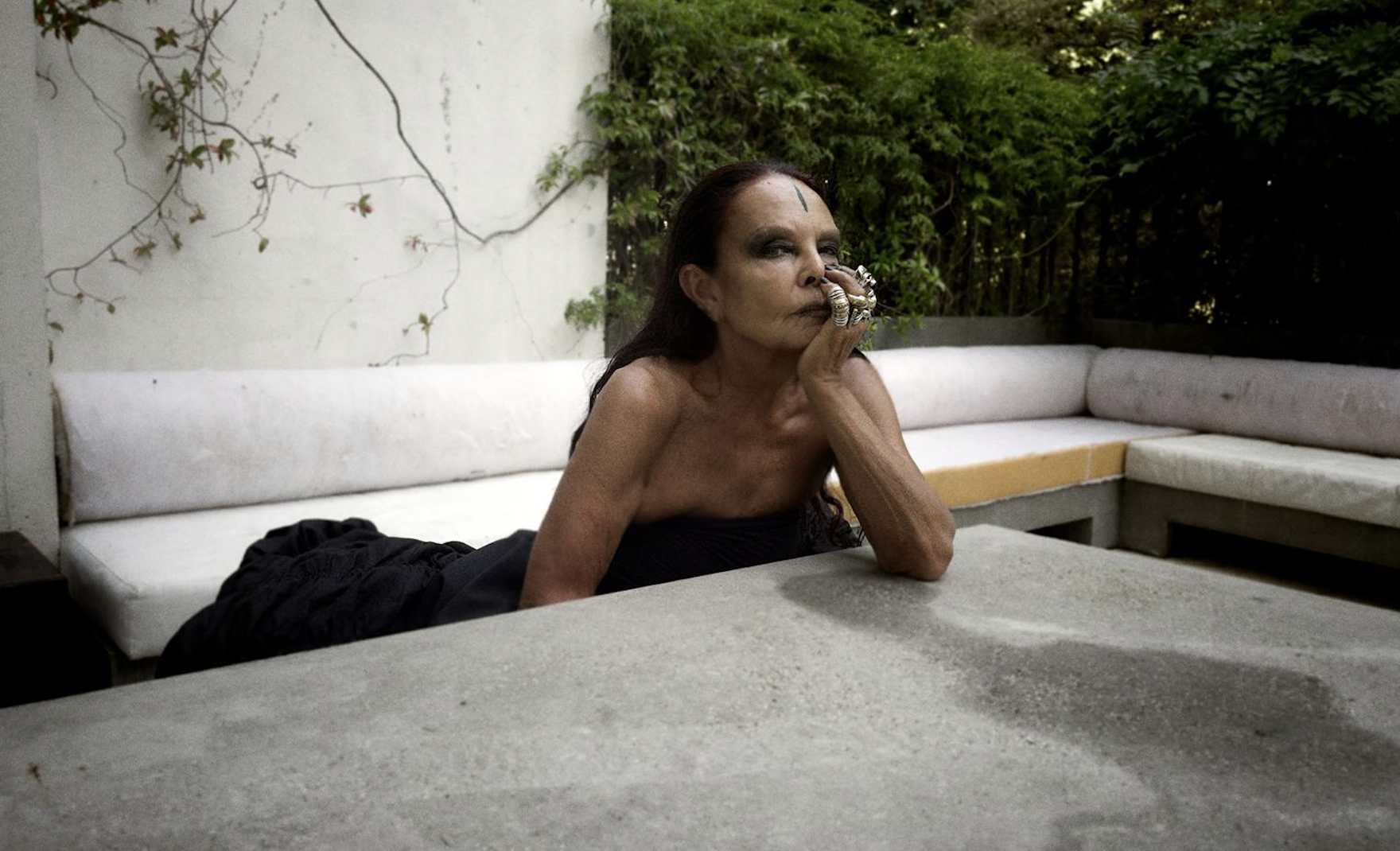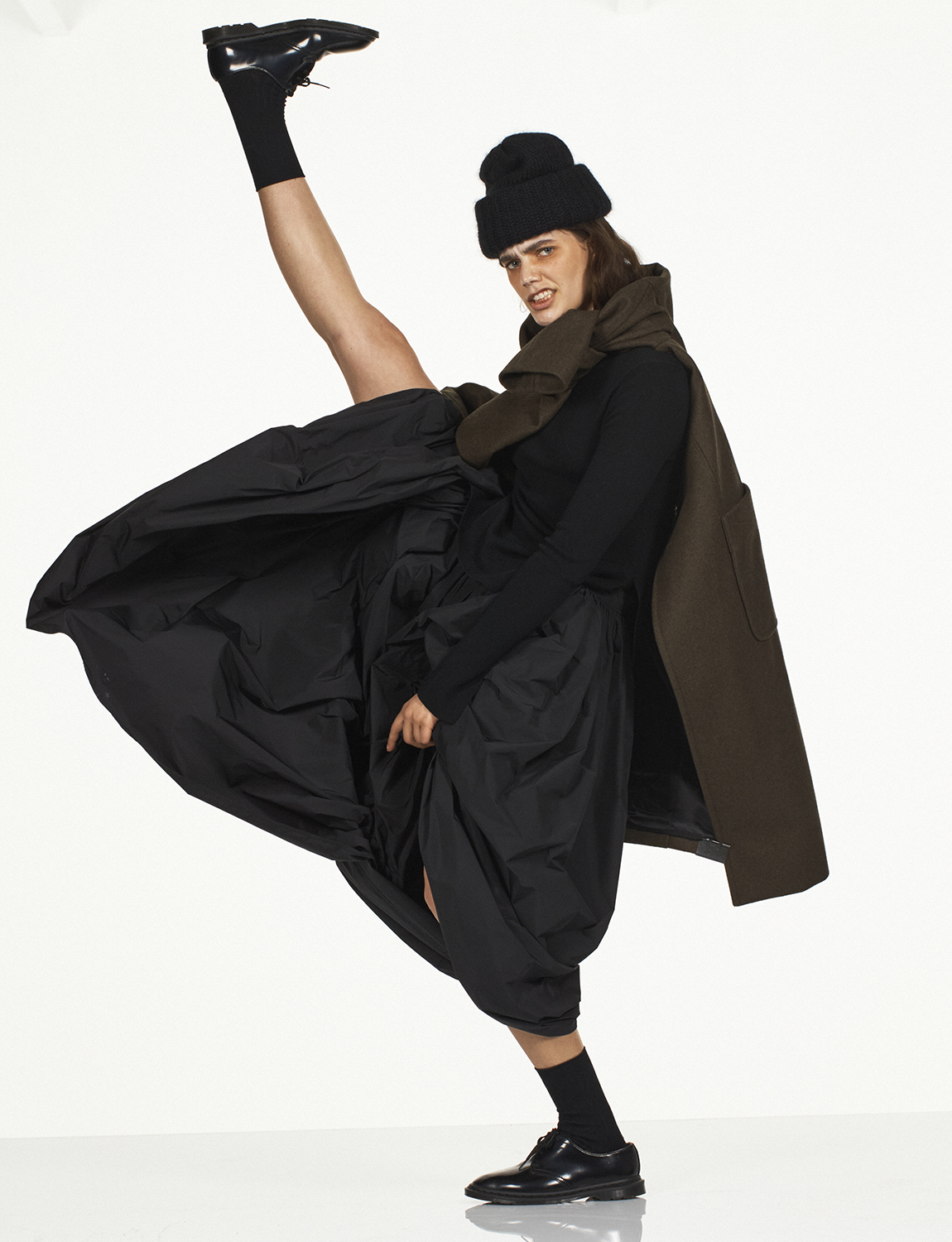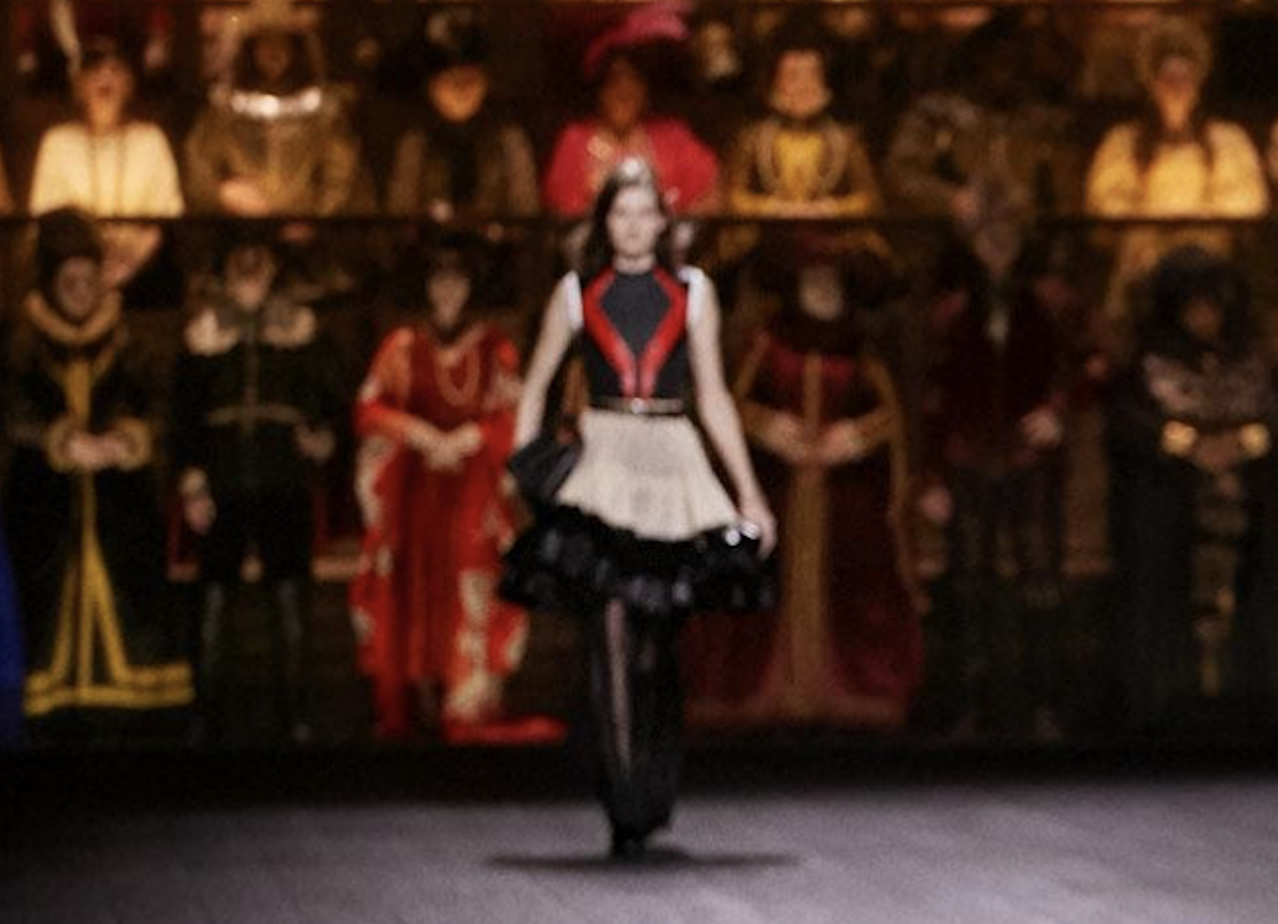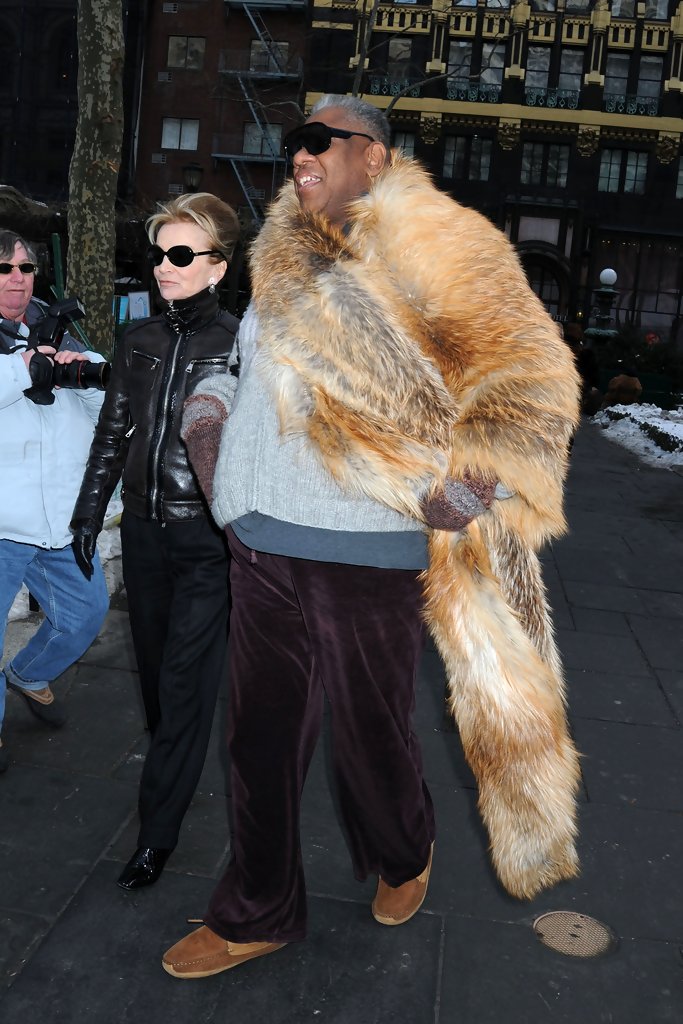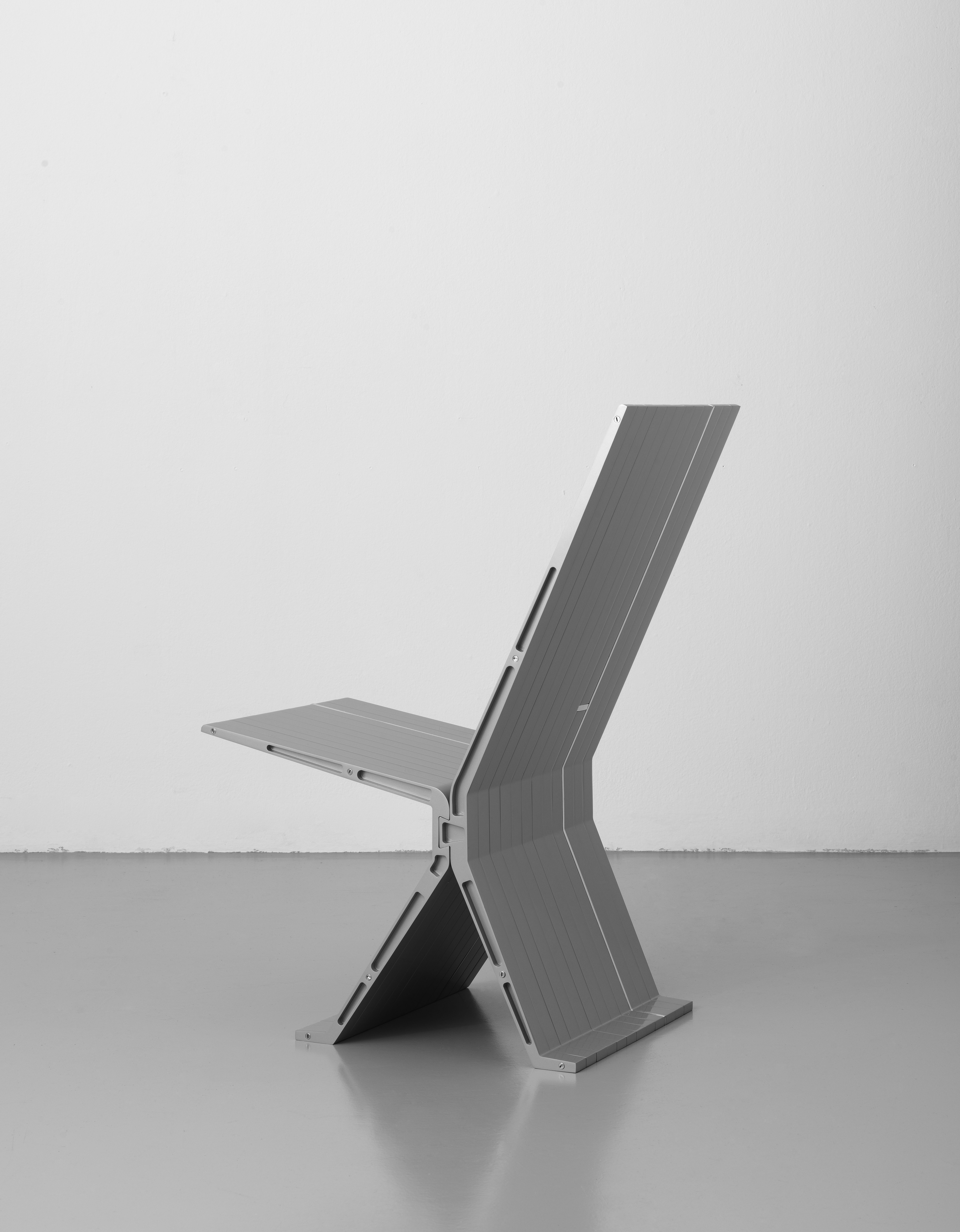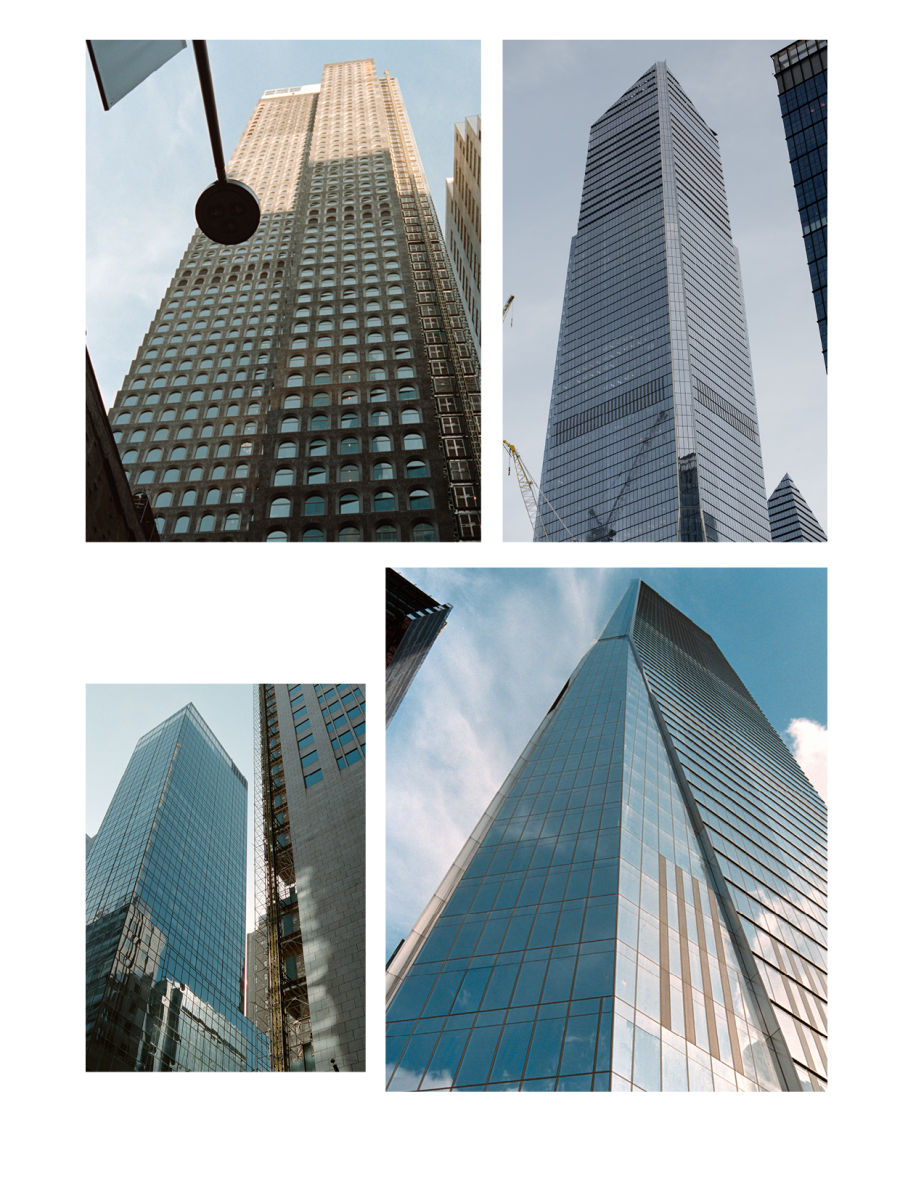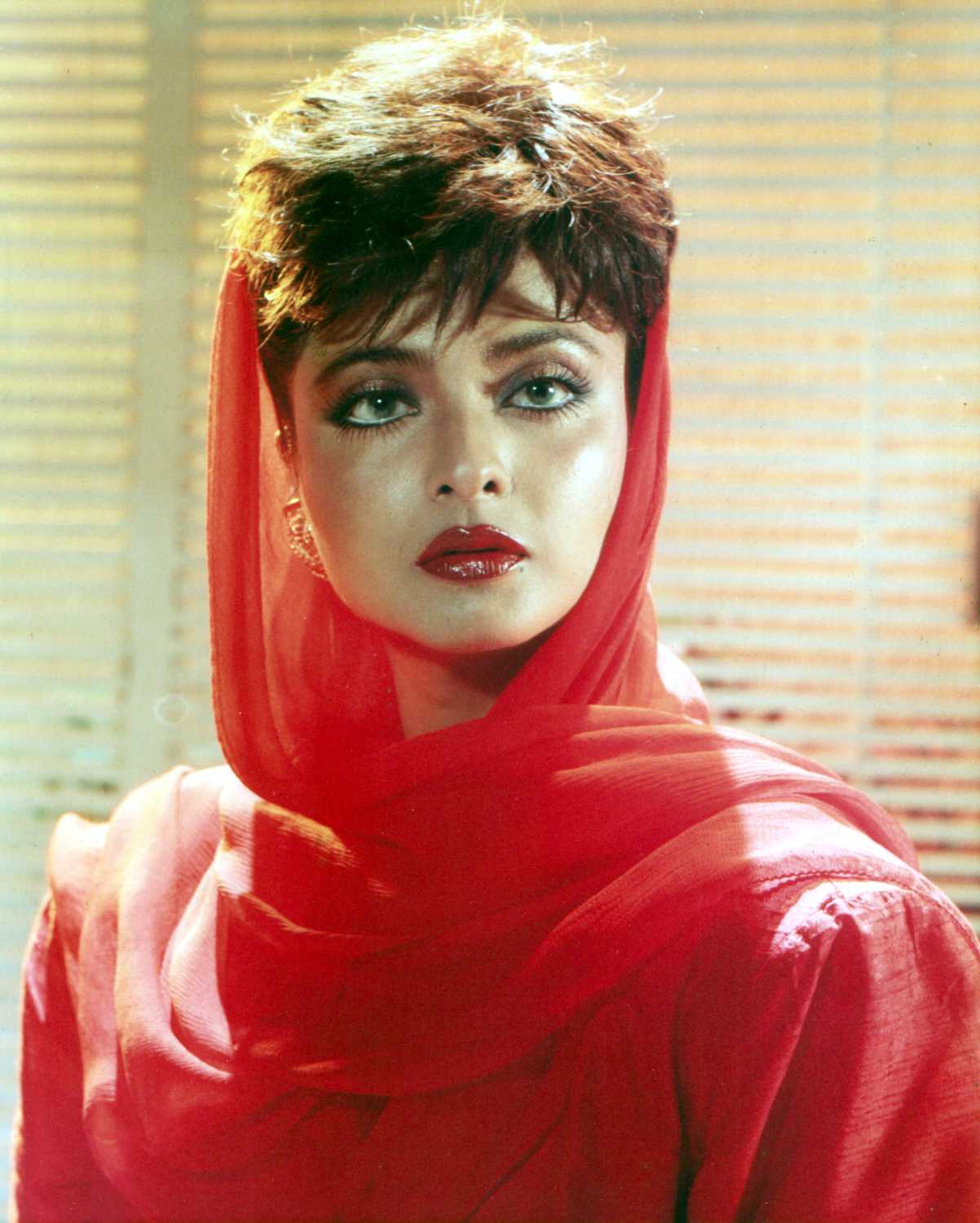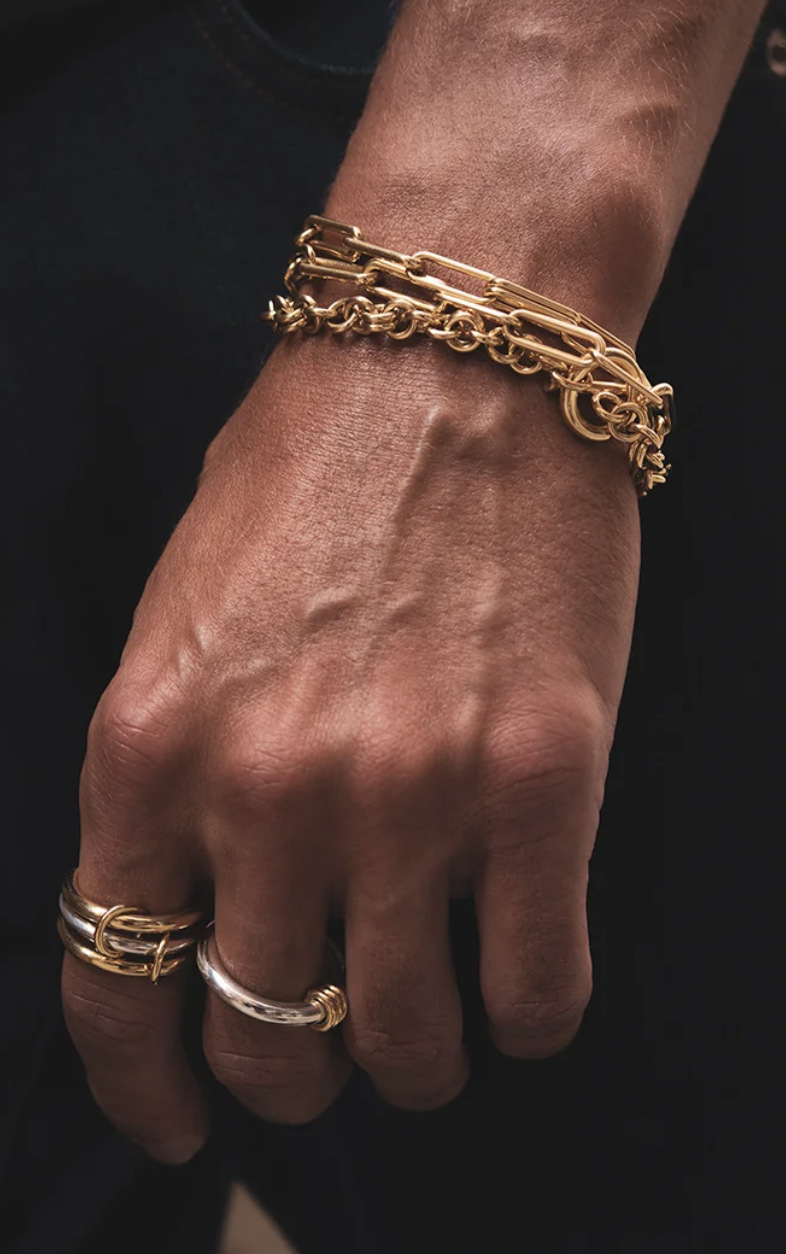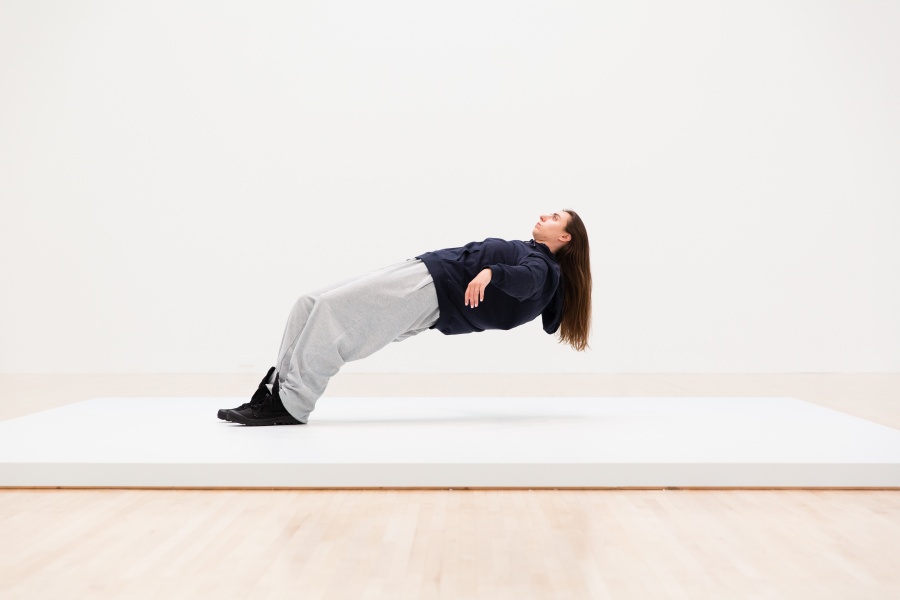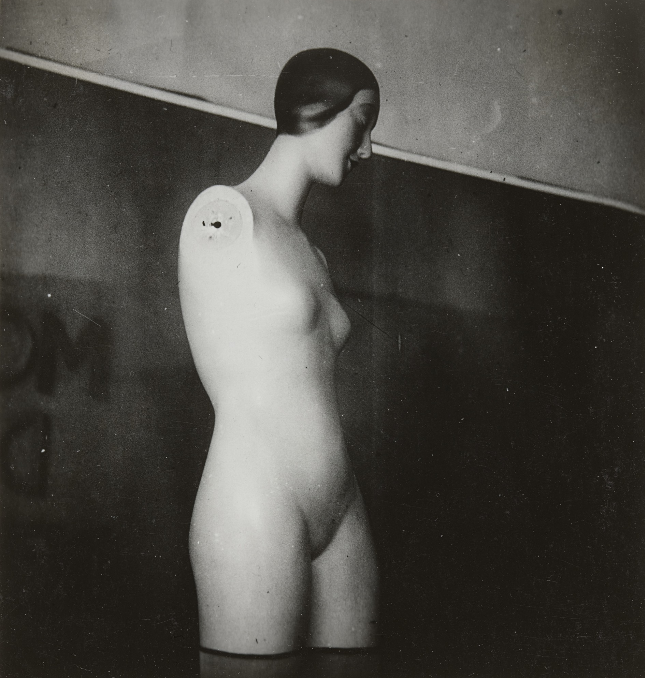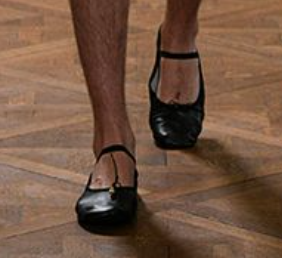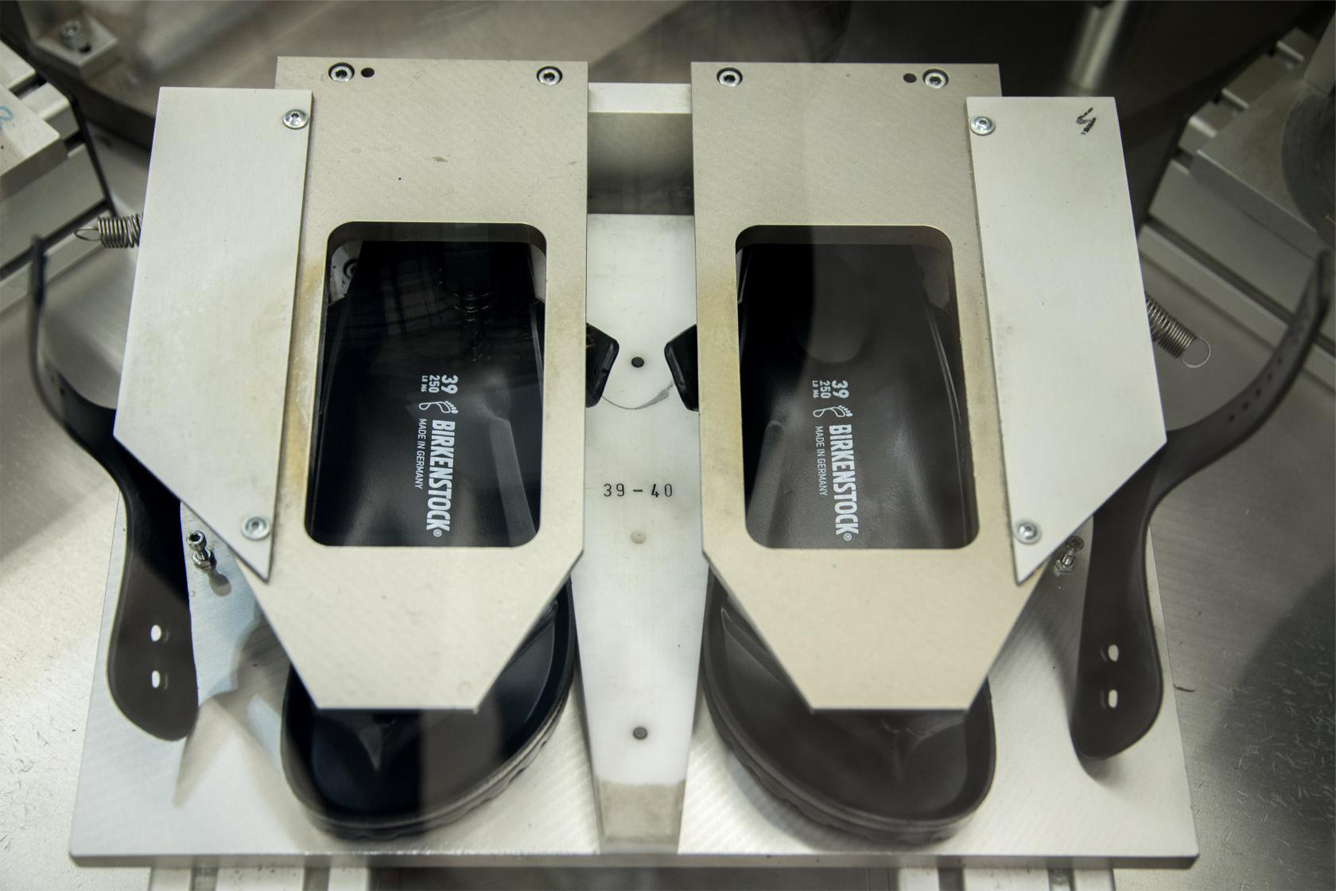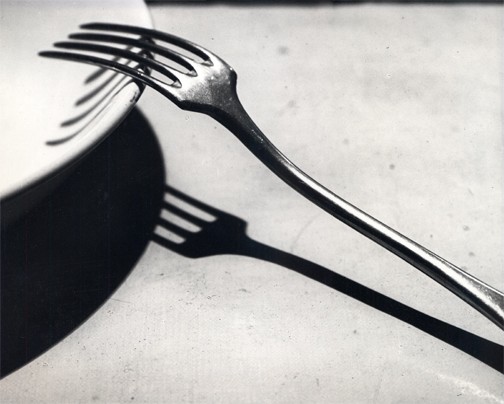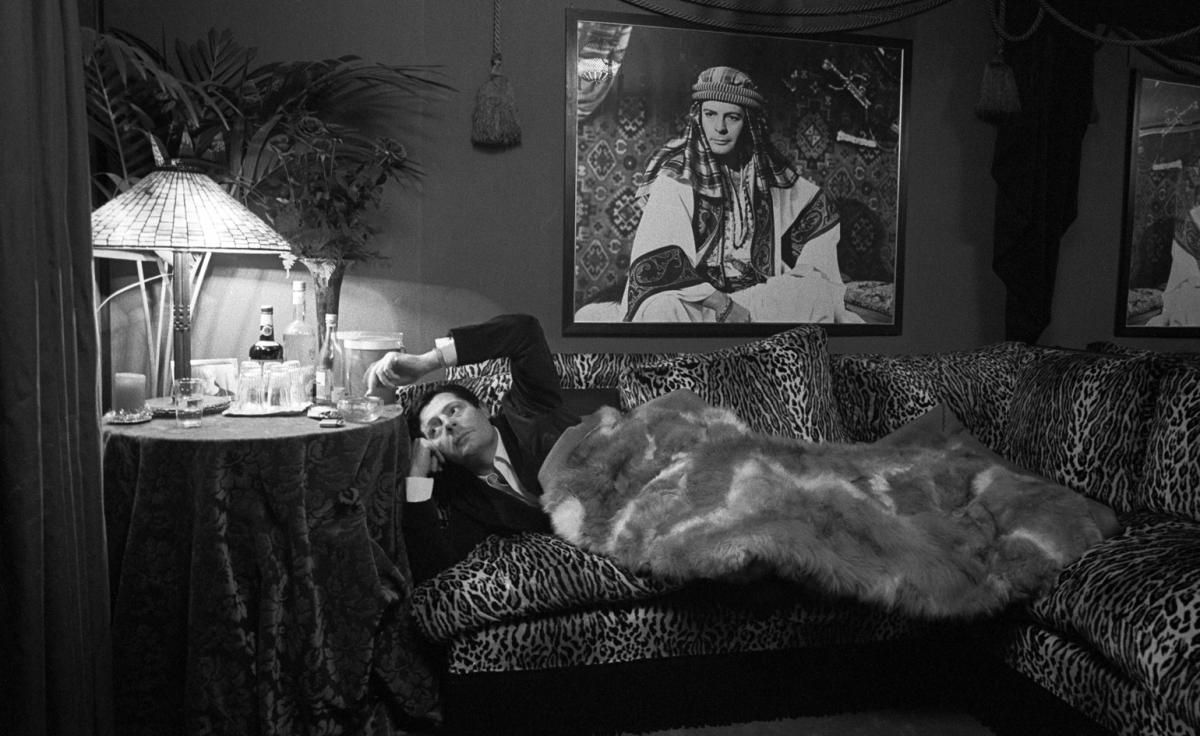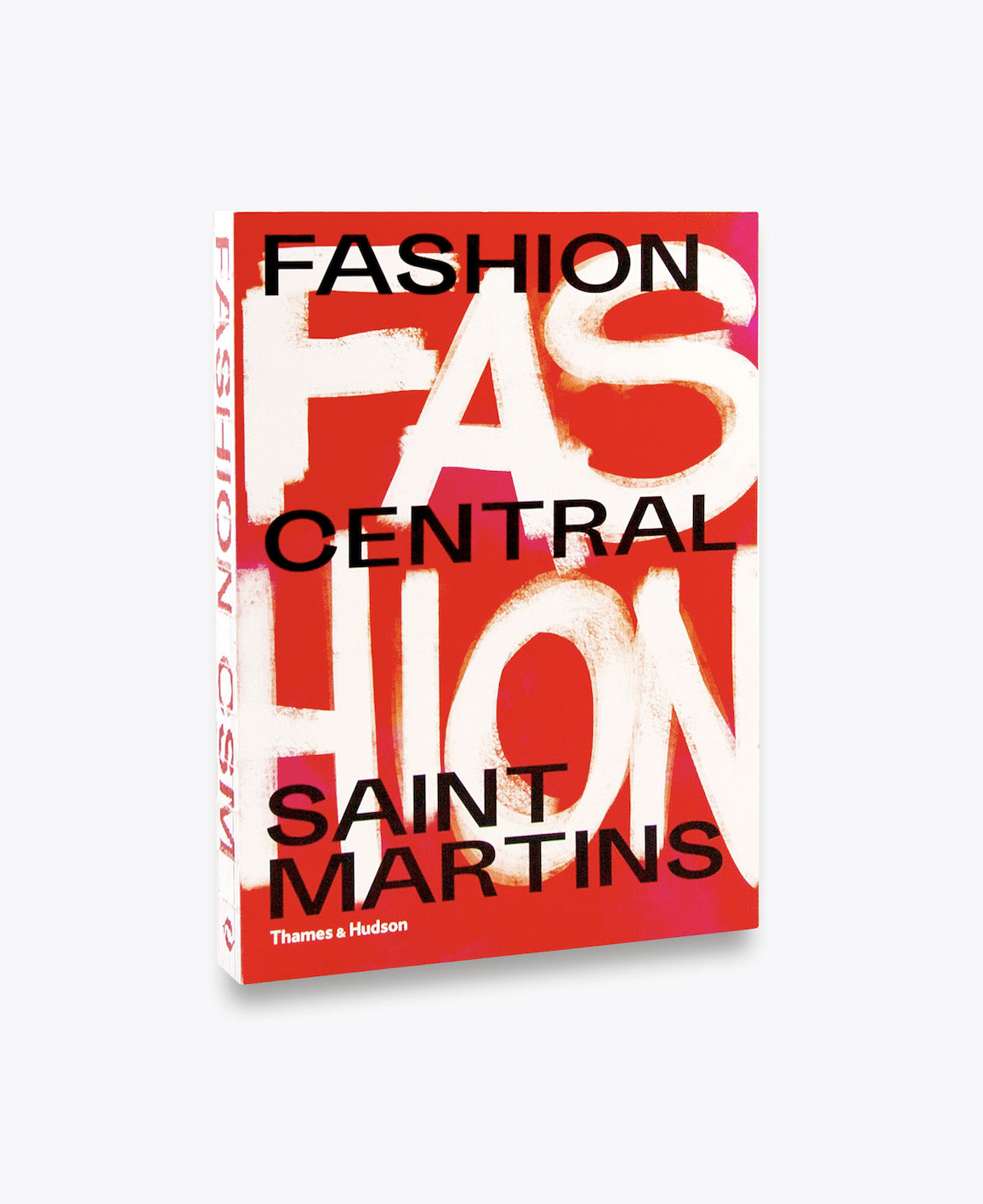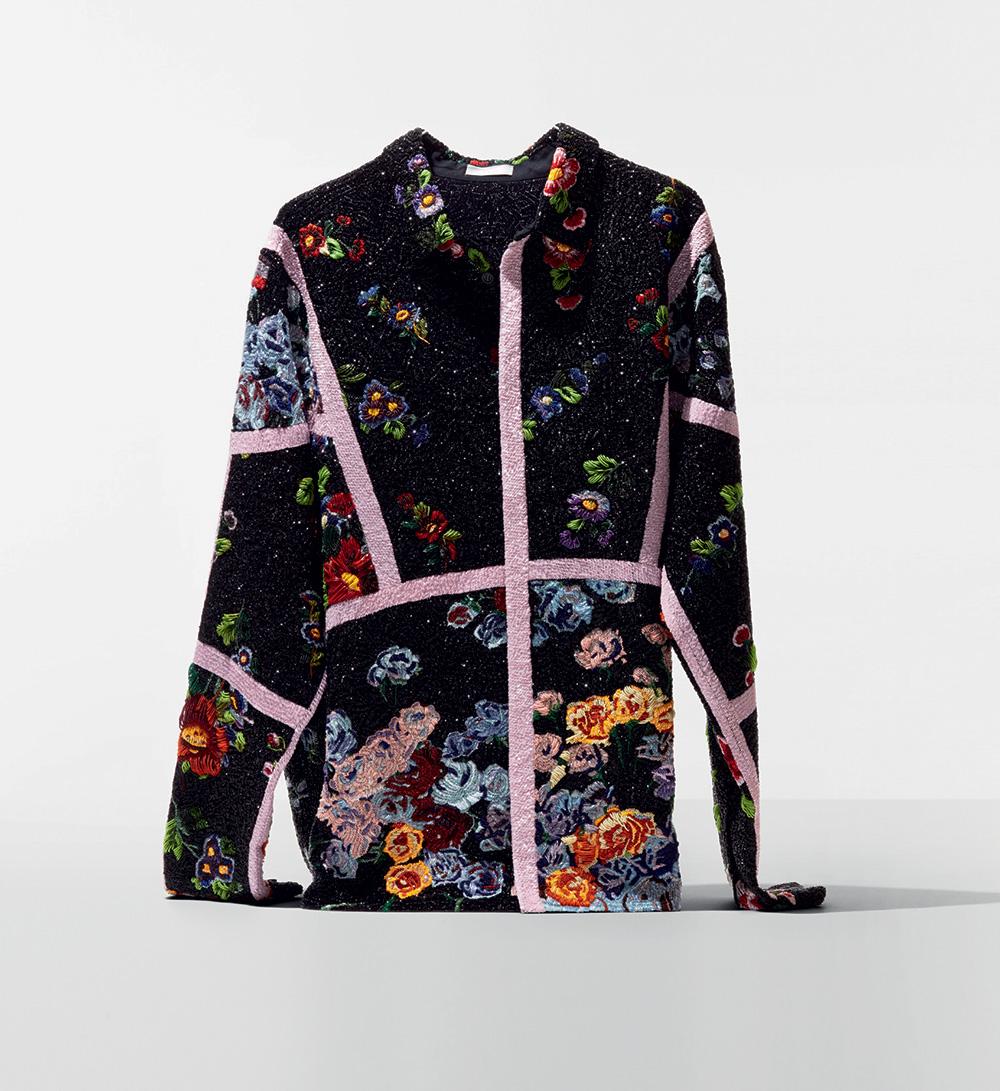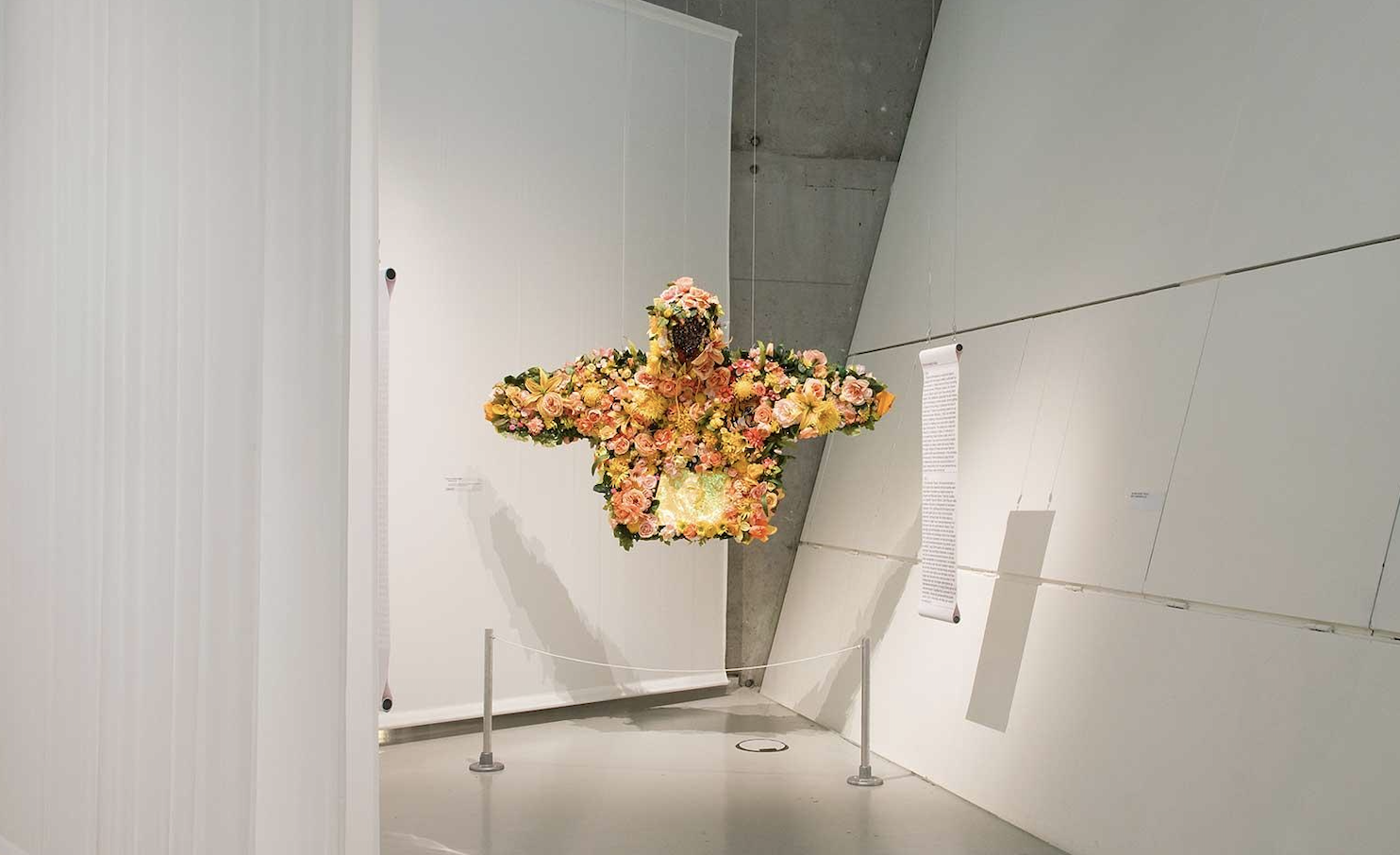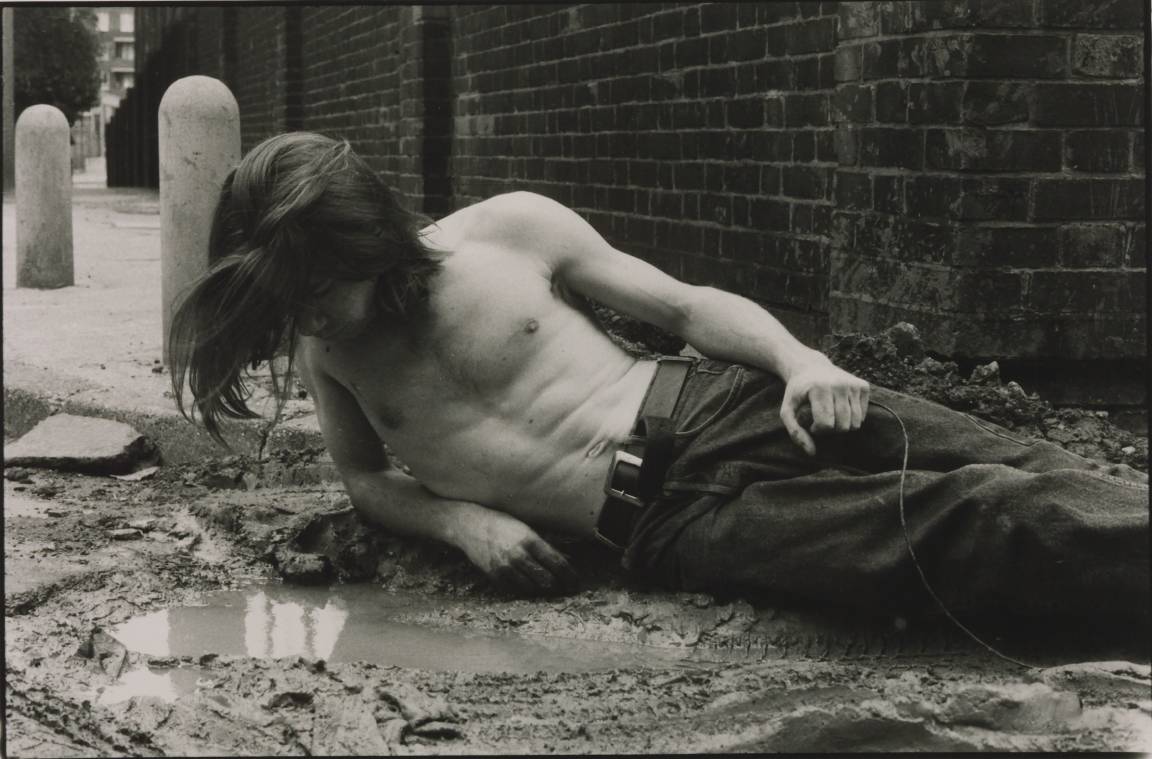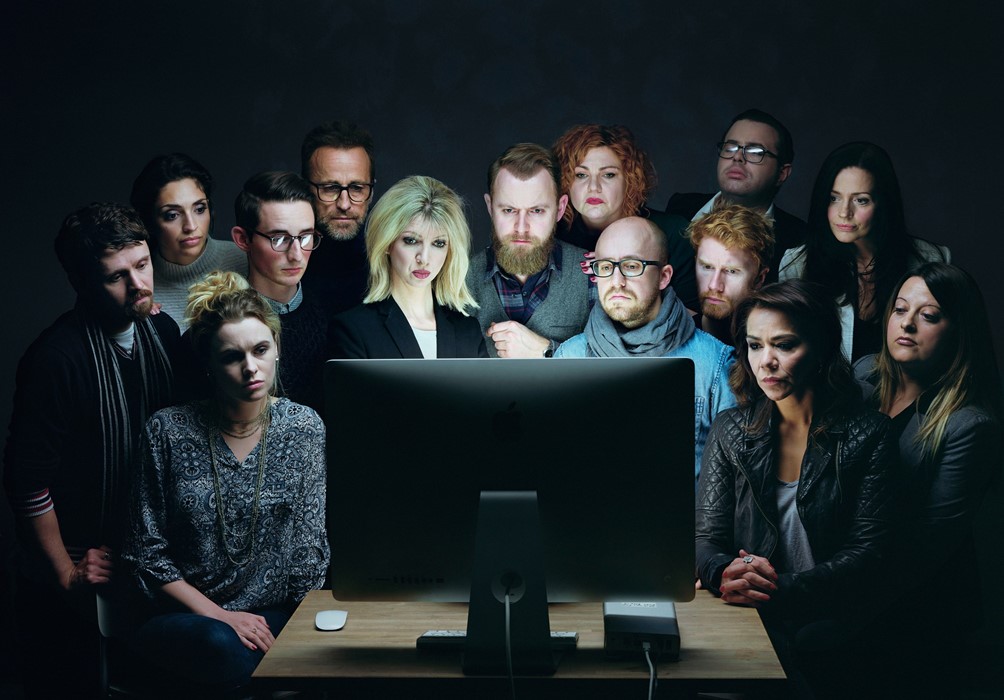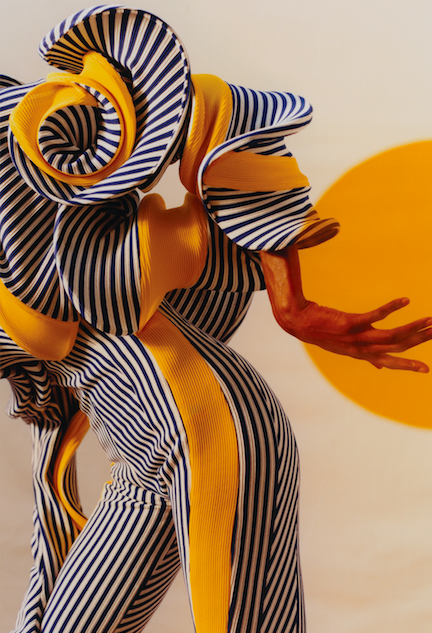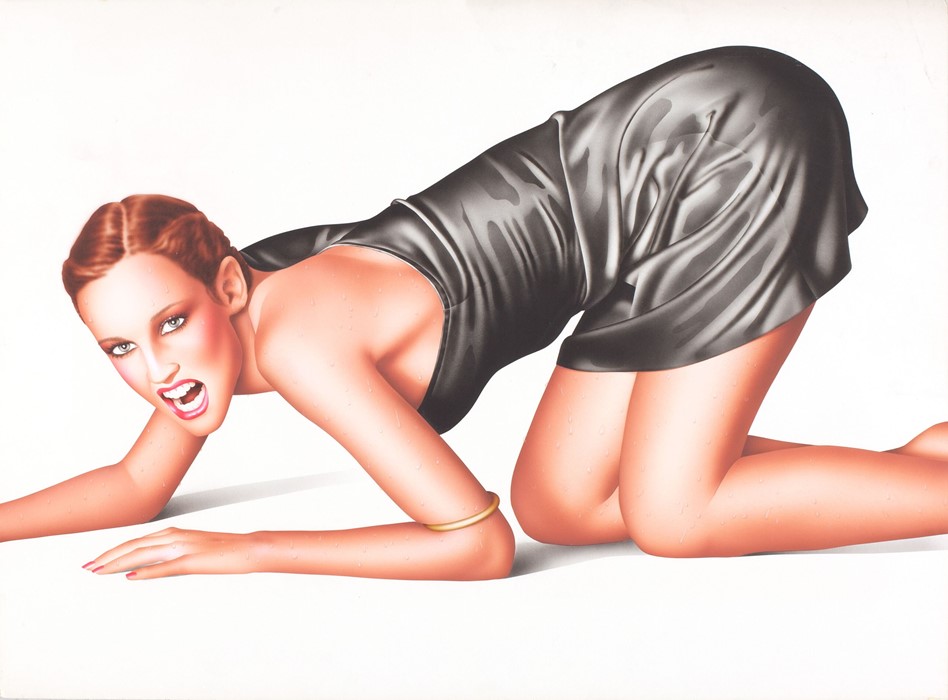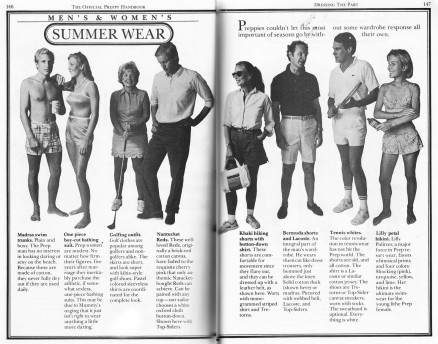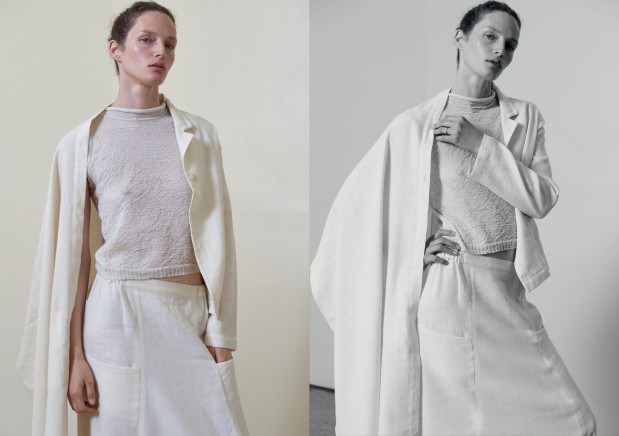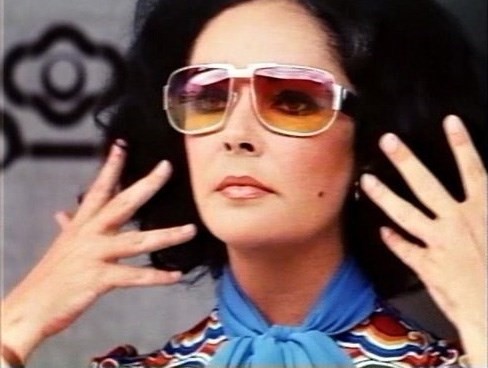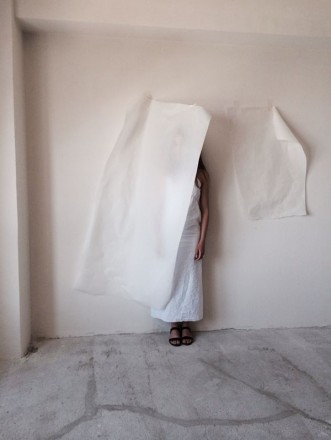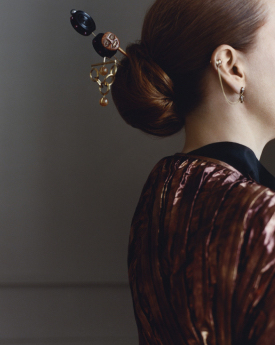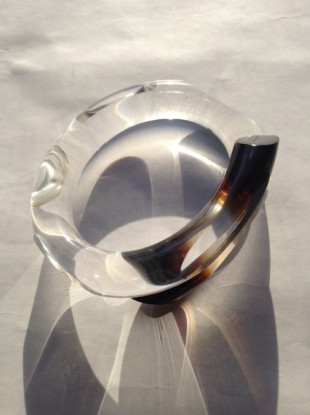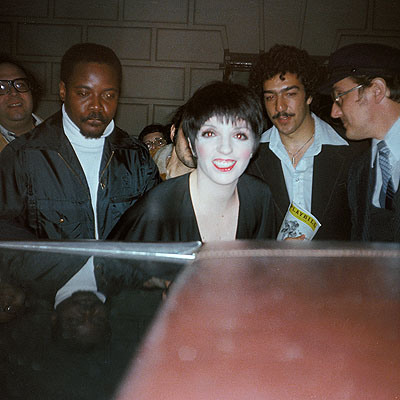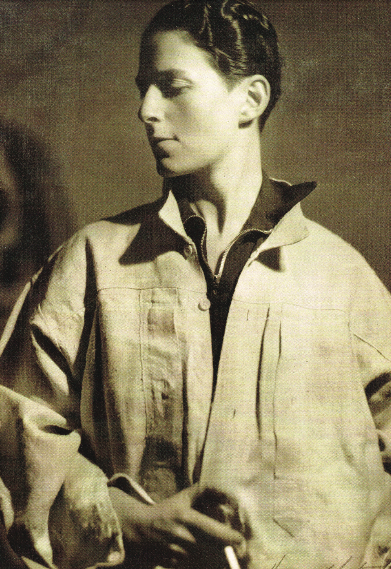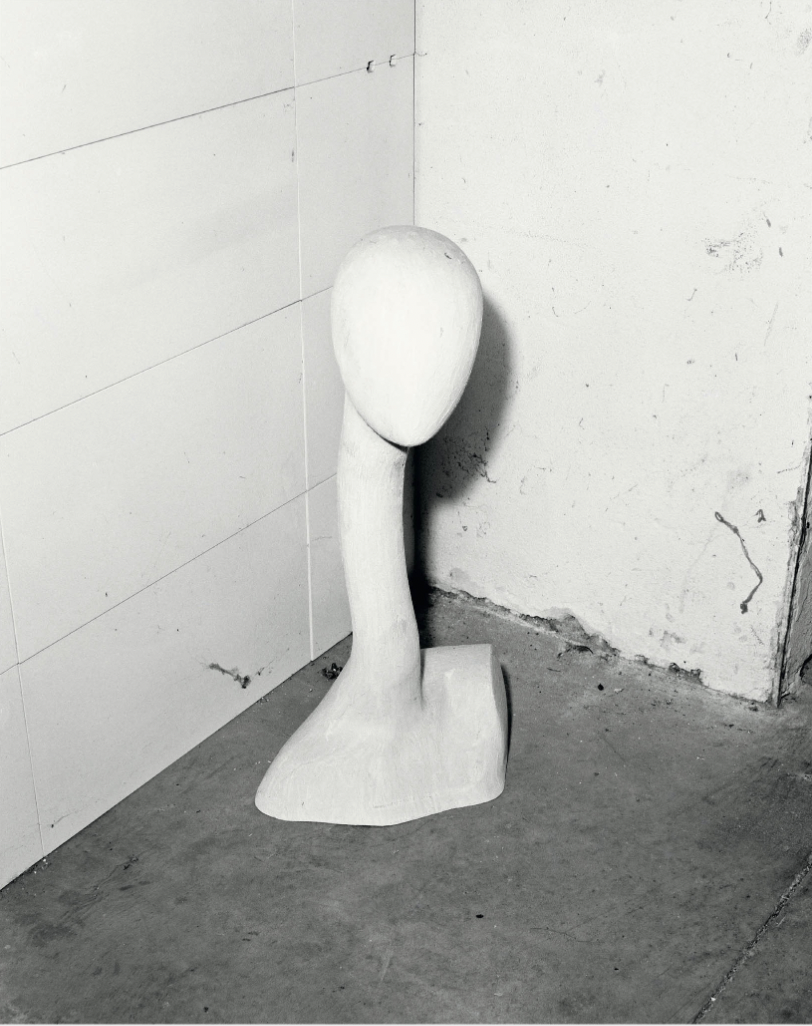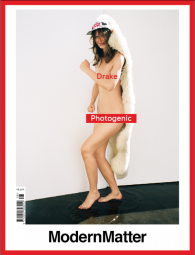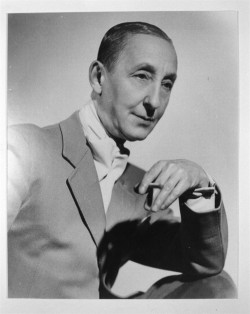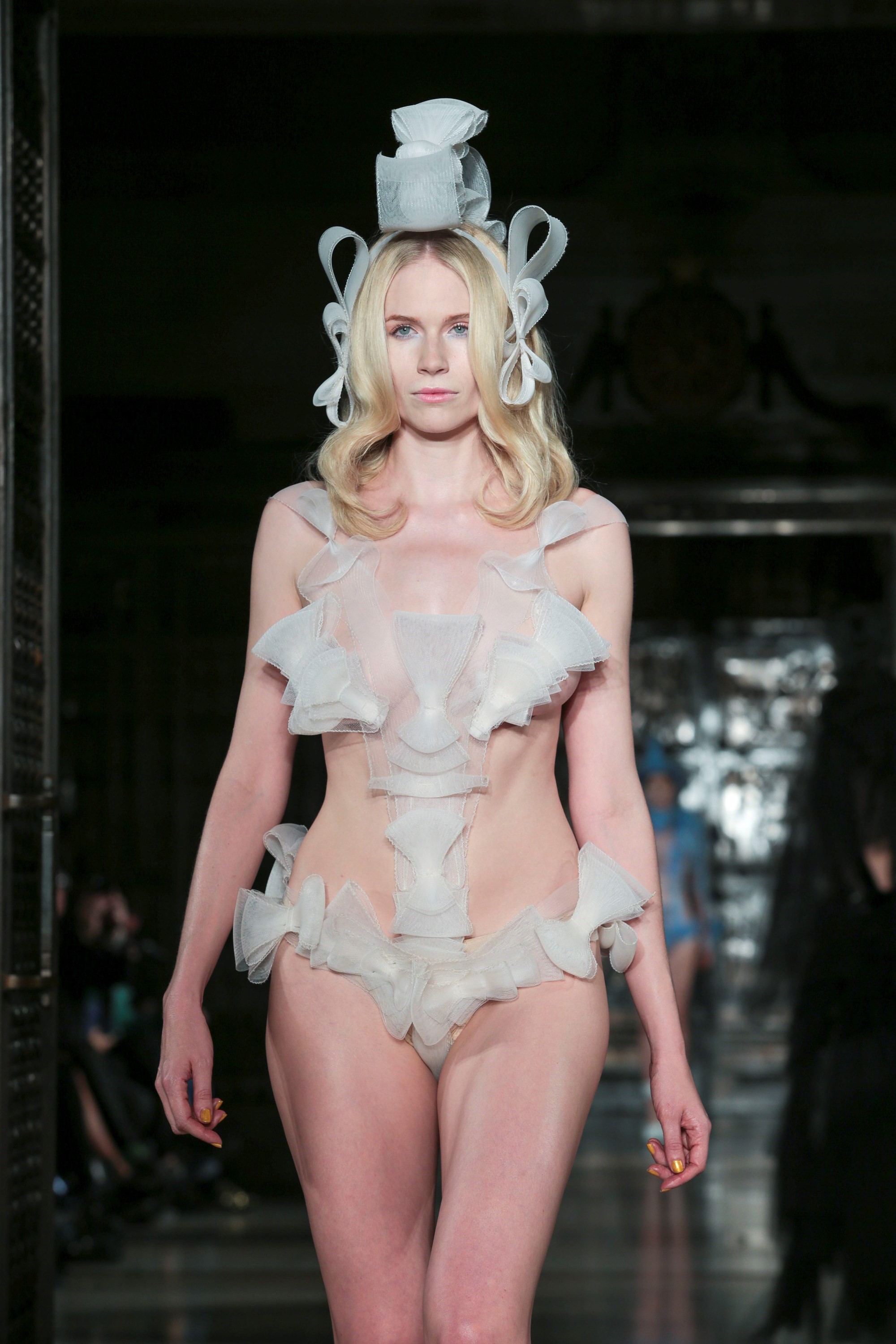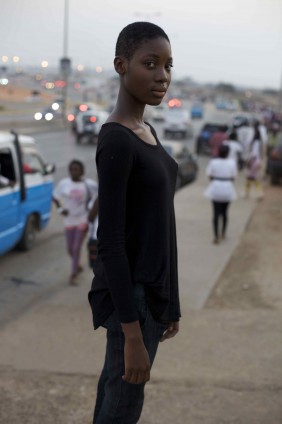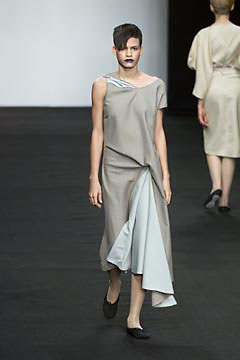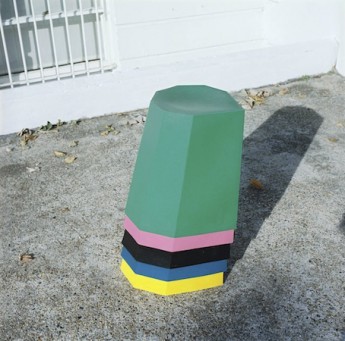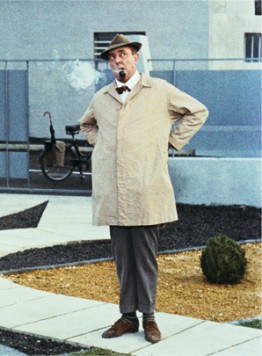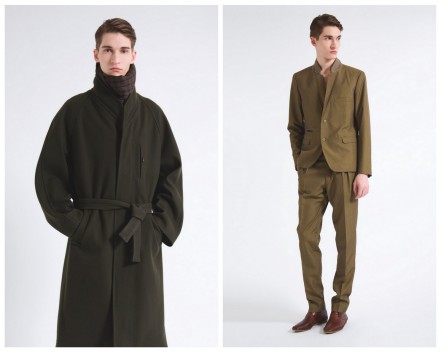2015
Gary Lee Boas
Published in Metal Magazine N°34
No. 1 Fan


Where can the line be drawn between ruthless paparazzi and a fan with a camera? ‘In the public consciousness, the paparazzo is seen as a loser, someone who is not very normal, who will sell his grandmother for money,’ Clément Chéroux, curator of Paparazzi! Photographers, Stars and Artists told The Guardian in 2014. ‘He has no ethics, he's a bit dirty. He is the antihero.’
You cannot describe any of the snapshots of the famous taken by the American photographer Gary Lee Boas as crudely as a ‘paparazzi picture’. Never considering himself an artist, or even a photographer early on, Boas’ obsession has grown uninterrupted for 50 years into what has become a massive archive of over 80,000 photographs, autographs and personal letters from movie stars and famous people. His pictures commemorate the moment of meeting a star in the flesh. Bringing us back to an age of innocence that Instagram doesn’t allow for, they are pop culture commentary and outsider art photography at their best.
Dal Chodha: Gary, you still live in the same house that you grew up in, in Lancaster, Pennsylvania. Is that right?
Gary Lee Boas: I am in the very same bedroom yes. If I turn around, I can see 60% of my archive.
DC: What posters were tacked onto your bedroom walls when you were growing up?
GLB: Well, it was a whole combination of things but movie stars mostly. I took a lot of them down after a while because the autographs started to fade because of the sunlight. When I first started collecting I used to keep them in little frames so they could sit anywhere, not just on the wall. As a kid I was looking at movie magazines mostly and created my own little idols. I was looking at Sandra Dee whilst also looking at Troy Donahue in equal measure so I was a little confused!
DC: You took your first photograph in September 1966 of the singer Robert Goulet. I read that you saw all these people gathered around someone whom you recognised but couldn’t remember from where. You ran home, grabbed a pen, some paper and your camera and took a photograph of Goulet and never really looked back. You were 14.
GLB: I was a child of the sixties so I watched a lot of TV. Typical things like Hawaii 5-0 and The Dick Van Dyke Show. The saddest part though is that not many of those celebrities came to the East coast then as they were all based in the West. And a lot of Hollywood actors didn’t come to do theatre like they do today; the theatre people were the theatre people and that was that. One of the first plays I saw was Holly Golightly, which was a musical version of Breakfast at Tiffany’s with Mary Tyler Moore and Richard Chamberlain. Of course, I knew Mary from The Dick Van Dyke Show and I knew Richard from Dr. Kildare so they were familiar to me, but sometimes I didn’t necessarily know whom I was taking a picture of.
DC: What was it like growing up in Lancaster, which I believe is quite a conservative town? Do you think that your interest in show business and its stars became a sort of ticket out of there for you?
![]()
GLB: In some ways I started trying to escape before I even realised that that’s what I was doing! I was home-schooled from about seventh grade back when having a personal tutor was unheard of. I later went to study acting in New York with Ute Hagen – who was big in the theatre. After two months of class she told me to go home and save my money because she said I just didn’t have it. She felt that no matter how much money you spent, you either had talent or you didn’t.
DC: That’s brutal. How did you feel?
GLB: I felt like she ripped my heart out but it wasn’t like she was telling me something I didn’t know. Whilst I was staying in New York, I met people who worked in musicals and I thought, you know, I was thin and could disco so I figured that that could be my niche and so I started studying dance from Ann Reinking who was Bob Fosse’s assistant. Bob was too old to teach but he would come in and sometimes sit at the back of the class, telling us to do things. But again, because I was so young, I didn’t realise I was breaking bread with great legends of the theatre. I wasn’t thinking, ohmigod there’s Bob Fosse but now I’m thinking ‘OMIGOD THERE WAS BOB FOSSE!’
![]()
DC: I suppose in some ways it was good that you didn’t know who they were otherwise you would have acted differently towards them. It probably would’ve changed what you went on to do.
GLB: You’re right. I was just trying to piece it all together. I remember the first time I met Judy Garland and my mother said to me ‘that’s the girl from The Wizard of Oz’ and I was looking at this old lady thinking, ‘oh…okay. Dorothy?’ Now of course I think about it totally differently…
DC: Did you ever take a picture with her?
GLB: Well, back then I wasn’t getting the adrenaline rush so much so I didn’t ask her, which does makes me wonder what my process of thought was. I would be standing next to Gloria Swanson, so I might ask for a picture with her, but why didn’t I ask Judy Garland or Bette Davis? I don’t really remember what I was thinking in these moments. I think a lot of it was about time. I always had a good feel for how much time or attention they were going to give me after they signed an autograph. I would work out if they had time to fit in having a photograph taken with me.
DC: So the photo was never the main thing you wanted? It was the autograph?
![]()
GLB: It all came down to time. I was getting their autographs always, yes, but back then I had a Brownie Instamatic camera that meant that I had to change the flash blub every time I took a picture. So most of the time I only got to take one photo. I couldn’t keep blasting because I had to put the burnt bulb somewhere whilst I was getting the fresh one. As long as I had two pant pockets I was good to go, but I can’t tell you how many times I thought I burnt my leg trying to not throw the used bulb on the floor! It’s nothing like it is today of course, but then nothing is.
DC: What’s the biggest difference?
GLB: The access that fans have to celebrities is totally different now and, you know, I keep thinking if what I was doing in the seventies would count as stalking but, no, it was more like waiting. Often the stars would just come out through the door and didn’t give you a hard time for standing in front of their house or hotel, whereas today I am sure you would find that.
![]()
DC: Today, younger fans often don’t know who the people in the photographs are – they just love the photos – like you when you first started. In 1968 you took a photograph of Marlene Dietrich without really knowing who she was, right?
GLB: Generally when people are looking at my work, they think that I must be dead. They can’t comprehend that a young person took these photographs. They cannot really understand why a 16-year-old would even take a picture of Marlene Dietrich. How did he even know who Marlene Dietrich was? Frankly I didn’t. She was touring in smaller theatres and venues with the show that Burt Bacharach wrote for her. I noticed that she was the type that if you gave her something, you got her attention easier and she was very kind in thanking you.
DC: Didn’t you give her a sample of perfume or something?
GLB: My mother was an Avon lady, so I wrapped up a bottle of perfume called Here’s My Heart and gave it to her!
DC: That’s cute. Did she like it?
GLB: She thanked me and let me take her picture. It was kind of sad though too because at the time, the theatre she was performing in was a converted stables. The horse stables themselves were made into the dressing rooms, so can you imagine, you had all of these grand stars changing in stables?! Do you remember the famous crystal-beaded gown that she used to wear? With the white fur?
DC: YES! It was designed by Jean Louis, I think.
GLB: I went into her dressing room and there it stood, in the corner of the room, totally upright on its own as if she was in it. It was made from rubber foam! What I was told was that they would push it down and she would step into it, then they would pull it up tightly over her and zip it closed. It gave her this incredible new figure!
DC: How amazing – did you take a photograph of it? Did you ever photograph things and not just people? I mean of incidental things like the stables, or Marlene’s dress, or of performances on stage?
![]()
GLB: Not so much but I wish I would have because I was part of a whole scene that isn’t there anymore. I didn’t think to photograph these things because I didn’t really consider them ever just becoming memories. So much of it has gone now. I notice now people go around and look at my photos and say “oh my god I remember that restaurant” or whatever and they’re looking at the background as much as they are looking at the star.
DC: How would you go about taking a shot?
GLB: My mind wasn’t programmed to cut out all the background stuff until I discovered the zoom lens when I started working professionally in 1986. I realised I could pull people toward me then but that meant that I wasn’t capturing a moment: I was taking a picture of the moment. One of the very first autographs I got was of Margareta Arvidsson who was Miss Universe 1966 – and remember this was the time when they would go around the country throughout their year long reign, cutting ribbons at store openings and so on. She turned up in our town and I had no concept of who she was, but I remember just seeing this crown and the sash – I knew she was somebody.
DC: Today most people don’t even know the pageant still exists – the whole concept of Miss World and Miss Universe has changed a lot.
GLB: Totally. I was watching one of the recent ones and I thought, you know, I am going to Google Miss Universe 1966 and see where she is now. I discovered that she actually lived in Oregon, so I looked her up on Facebook and I thought, what have I got to lose? So I sent her a friend request.
DC: And?
GLB: Ten minutes later she added me! And I thought ohmigod how do I begin to tell her that because of her kindness and her signing an autograph for me when I was 14, she gave me a running start for my career. It was because she made me feel so comfortable that I carried on doing this. I’m sure if she had been nasty to me that would have put me off. So, I write to her saying “once upon a time in Lancaster, Pennsylvania…blah, blah, blah” and her response was immediate: “may I please have your phone number?” She called me and she was balling her eyes out. She was so moved that somebody wrote her a letter and she couldn’t believe how this hobby had escalated from 1966 in Lancaster, Pennsylvania up to now. That was neat to me because next year it will be 50 years of me doing this. Talking to her, I felt like I had come full circle.
![]()
DC: Fifty years – that’s a whole lifetime. I read something that you said about your work, reflecting on how you have spent your life collecting and documenting what has gone on to be a real moment in history. You said: “all of the hours spent, waiting.” It’s a statement that I find quite poignant.
GLB: My whole life has been dedicated to this. I forfeited relationships for this hobby and a lot of other things, but I don’t have any regrets. It did pull a lot of normalcy out of my life because it is a very lonely hobby. I ran into a woman a month ago who is just starting out and she kept watching me when we were at the same stage doors and she said “you really know how to get their attention, don’t you!” and I said “no. It’s just because I have been in the business for long enough that I do know how. Or they know me.”
DC: How does someone go from being a shy, home-schooled child to someone who is known by so many stars? Someone whose work is exhibited in galleries around the world? To me so much of your work is about being out and present and in the moment – out there in the crowds.
GLB: It’s funny because even to this day I feel like I fit into the world of show business without any problem, but if I had to go and see a guy at the local bank tomorrow to talk about something, I’d get shy. It’s weird. I think it’s because I relate to that other world. Its language and way of thinking has been a part of my life for a long time.
DC: Does the camera give you this confidence because in a sense you have this weapon? A tool?
GLB: Yes, you’re right. It gave me an agenda – something to do. Back then the autograph was the main thing and the picture was always a bonus. Now it’s the other way around. It was about embracing that rush of getting the signature and of course when I was younger, I was going to talk shows and hanging out outside hotels, I was obviously obsessed. I would get up at 10am and have this whole strategy that most people who stayed in a hotel would leave between 11am – 1:30pm for lunch or go out for the afternoon. If they were in New York they would come in at around 4:30pm and go out again by 8pm if they were going to the theatre. I knew those were the hours to hang around.
DC: There’s quite a science to it…
GLB: I had that down pretty quick, yeah, but even still, when I look at the pictures I think – how the hell did I do it? I must have had 36 hours in a 24-hour day because I was all over New York standing in front of hotel lobbies and nightclubs.
DC: Didn’t you used to go to Studio 54 every night it was open? Did you ever go in?
GLB: Not back then because I knew that once I did, I would have had my limitations for what I could do. I couldn’t run around, I was in my early twenties. But later, yes, I also worked there between 1978-1982. I was one of the go-go boys that ran around in hotpants, getting people drinks.
DC: You started working there after you’d been hanging around outside for a while, taking pictures, right? It’s amazing to imagine this young guy, stood outside Studio 54 thinking being happier outside than in. Especially now that place is the stuff of legend.
GLB: Yeah. Watching the movie about it was weird for me because all of those things did happen but let me tell you Disco Dottie did not die in Studio 54 but she was there every night! Every night that it was open I would go there because you just knew you would see somebody. Mark – the doorman – saw that I was a fan and no threat, so he let me sit on this flat fire hydrant that was at the door and a lot of times he would come over to me and tell me who was leaving around the back.
DC: Did you ever take any pictures inside when you started working there?
GLB: Not so much because people like Ron Galella and Patrick McMullan were the in-house photographers. They had more access to the velvet roped areas and, you know, I was busy living life, on my own little trip, so I wasn’t paying much attention to who was in the corner snorting coke or whatever. I couldn’t have cared less.
DC: Are there any moments that you wish you’d taken a picture?
GLB: Well yes, Bianca’s birthday when she came down the street riding the horse. I regret that I didn’t take more pictures of that, but that was such a busy night and I was working. I have pictures of her leaving with Warhol but I didn’t get any inside. I did have access backstage to the people who would be performing like Grace Jones, Thelma Houston and Sylvester because I would take them their drinks but I never thought to take a picture of them because they were just singers. I didn’t know that that period of time would become so iconic to so many people.
DC: Whenever I read about that time in New York, Studio 54 seemed to be a weirdly private place. Somewhere where people went inside and forgot their fame. Even though we have read and heard so much about it, it has become a legend in part because so many people didn’t survive the decade.
GLB: Certain celebrities would be doing their thing and you would be passing by and they would invite you in, yeah. It’s a theatre now and in 2007 I went to see a play there called 110 in the Shade and it felt a little strange to me. I was sitting in the stalls unable to focus because I was remembering all of the things I had seen happen in there. I spent a long time wondering how many of those people weren’t around anymore.
DC: One of the most ironic things though is that something like Studio 54 was so good for the age we live in now with Instagram and Facebook. Can you imagine?
GLB: I’ve been asked to take pictures like that again at certain clubs in recent years but it’s impossible to do that. You cannot recreate pictures from a time that does not exist today; the attitude, the freedom. People weren’t so conscious of cameras. The spontaneity has gone and it’s definitely harder to capture a casual moment with a celebrity now.
DC: Warhol, or whoever actually said it, was completely right about our 15 minutes. In some ways that view and the culture of the paparazzi that came out of Italy in the 1960s, has mushroomed into the mania we have right now for hyper-real, glossy pictures over the authentic.
GLB: A lot of what happens now is not so much about capturing a moment. When eBay came in, it started screwing everything up because a monetary value was put on everything all of a sudden. Back then I couldn’t imagine selling one of my photos.
DC: You said that you started working professionally for a photographic agency in 1986. How did you find that?
GLB: It was difficult for me to get my head around it because I couldn’t just take cold paparazzi style pictures because then the stars wouldn’t trust me anymore. The fan side of me never left and when I was working, I had my fan camera on my left and my work one on the right. I always had to decide which I wanted to use more at the given moment. I never thought of what I was doing as a paparazzi picture because it isn’t. Working professionally one of my biggest sellers was a photograph of Angelina Jolie kissing her brother. It sold for three years consistently, all over the world and I lived comfortably from that one photo alone, so I can understand why people are so ruthless to get these pictures. But really, I wanted to spend more time with the people in them. When you’re in that position of standing in a photographer’s pen at the Oscars or whatever, you’re not allowed to ask for an autograph or a personal picture. You’re not allowed to have any intimacy and of course as I know so many of the stars personally, that was difficult for me.
DC: In recent years I’ve been interested in this wave of antagonism about the red carpet. Often in interviews actors will only want to talk about their film or play and dismiss other questions as “personal” – it’s all rather dull. You said somewhere that real glamour is gone. And the stars of the past seemed to be more cooperative than those working today.
GLB: I will stand by this until the day I die: whenever you choose to go into this business, this is part of the deal as much as whatever it is you are doing. If you are going to appear in public – especially if you’re doing theatre in New York – and people have paid money to see you and they wait at the stage door, you have an obligation to greet them. I have seen the pain on legends’ faces at not being acknowledged anymore. I have seen what it’s like when you’re an old has-been. I was doing the Golden Globes once and it was just when Naomi Watts had done King Kong, so everyone was trying to get a photograph of her. I noticed both Jane Russell and Terry Moore – another sex siren of the 60s – standing behind her waiting to get around and not one single person took a picture of them. Now here were two women who – in the 1950s – were groomed by Hollywood. They were STARS but not one person wanted their picture because there wasn’t a market for them. You just really wanted to spin Naomi around and say take a good look honey, because this could be you. When I am at a theatre I want everybody’s autograph, not just the main star because you never know who these people will go on to become.
DC: Do fans still hang around doorways like the other autograph hunters you met in New York in the late sixties? I read somewhere that you said they all looked a bit ‘off’. You’d all head to Ray’s Pizza on 8th Ave to swap stories, right?
GLB: Yes! I have not talked about Ray’s Pizza for ages! We would all compare our notes on the day and we’d all pick a play to stand in front of for the next day or whatever. We’d meet and scan everybody going in and say well, if we want Robert De Niro he went to see Cactus Flower down on whatever street and as it’s a two hour play, go over there and get him leaving. We weren’t competitive. We were sharing something.
DC: And today?
GLB: Now it’s full of these eBay people and you can tell because they are relentless. So often the fans themselves don’t end up getting anything because all of the autograph dealers who are there to make money get in the way and that’s sad. Really, anybody can take a picture but not everybody can build the rapport that I was fortunate enough to get with the people I photographed over the last 50 years. Today most celebrities will do the selfie thing or Instagram, but there’s no personal connection, no conversation. I mean, quite often I was on my own standing in the cold, waiting at stage door waiting to see Helen Hayes or whoever, and to both the star and the fan, that really meant something.
